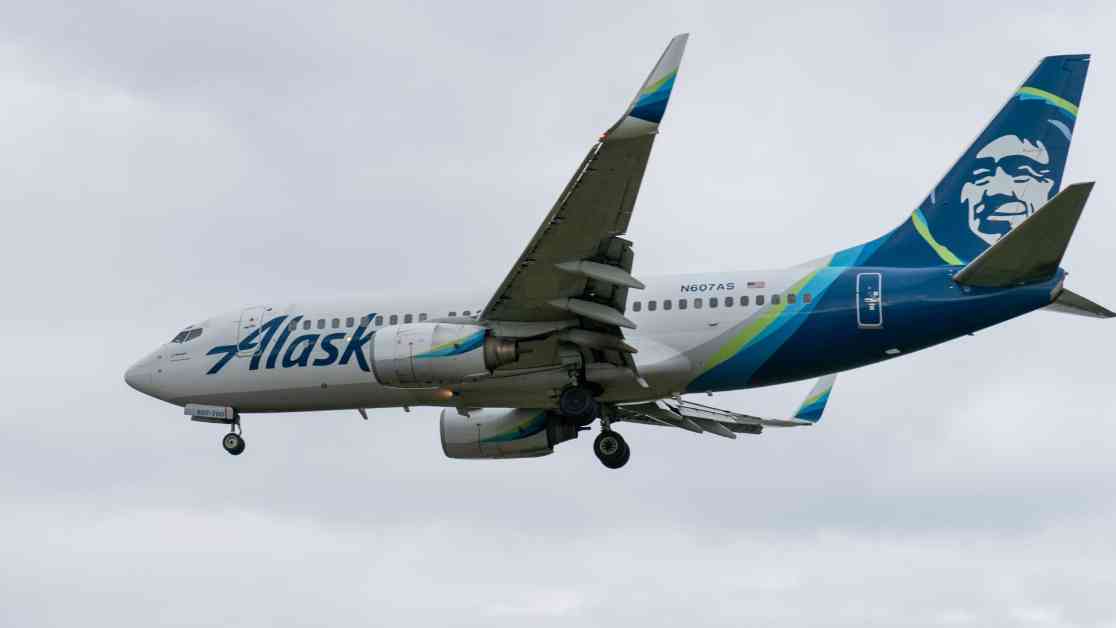Alaska Airlines and Hawaiian Airlines have received approval from the U.S. Department of Transportation to move forward with their planned merger, but with certain conditions in place to protect the interests of consumers and maintain essential services. The merger, valued at $1.9 billion, has already cleared the review by the U.S. Justice Department, now putting the responsibility on the Transportation Department to ensure compliance with regulations.
Preservation of Mile and Route Requirements
One of the key requirements set by the Department of Transportation is the preservation of the value of the airline reward systems of both Alaska Airlines’ Mileage Plan and Hawaiian Airlines’ HawaiianMiles programs. Miles earned by customers before the merger must not expire and should be transferable at a 1-to-1 ratio. This ensures that loyal customers of both airlines can continue to benefit from their accumulated miles without any loss of value.
In addition to the loyalty programs, the airlines are obligated to maintain “essential air support” for rural areas and uphold the current levels of service for passenger and cargo routes between the Hawaiian islands. This commitment to preserving vital routes is crucial for ensuring connectivity and accessibility for residents and businesses in these regions. U.S. Secretary of Transportation Pete Buttigieg emphasized the importance of these requirements during a press call, highlighting the need to safeguard the interests of all stakeholders involved in the merger.
Implications for the Airlines
Following the completion of the merger, Alaska Airlines and Hawaiian Airlines will operate under a single platform, combining their fleets to offer more than 130 destinations with a combined fleet of over 360 airplanes. This consolidation of resources and networks is aimed at enhancing the overall efficiency and competitiveness of the merged entity in the highly competitive airline industry.
Hawaiian Airlines will need to adopt certain practices of Alaska Airlines, such as guaranteeing family seating without additional fees and providing compensation in case of significant flight delays or cancellations. These measures are designed to ensure a consistent and high-quality customer experience across both airlines, aligning their service standards and policies to create a seamless transition for passengers.
Market Response and Outlook
The announcement of the merger approval had a positive impact on Hawaiian Airlines’ stock, with a nearly 4% increase in afternoon trading. This market response reflects investor confidence in the potential synergies and benefits that the merger could bring to both airlines. By combining their strengths and resources, Alaska Airlines and Hawaiian Airlines aim to create a stronger and more competitive player in the airline industry, capable of offering a wider range of services and destinations to customers.
Looking ahead, the airlines will need to seek approval for a transfer application to operate international routes under a single certificate. This regulatory process is a crucial step in finalizing the merger and ensuring compliance with international aviation regulations. Once this approval is obtained, Alaska Airlines and Hawaiian Airlines can proceed with the integration of their operations and services to fully realize the benefits of the merger.
In conclusion, the approval of the Alaska Airlines and Hawaiian Airlines merger by the U.S. Department of Transportation comes with certain requirements to safeguard consumer interests and maintain essential services. By adhering to these conditions and commitments, the airlines can create a stronger and more competitive entity that delivers value to customers and stakeholders alike. The successful completion of the merger will not only benefit the airlines but also contribute to the growth and development of the aviation industry as a whole.






















